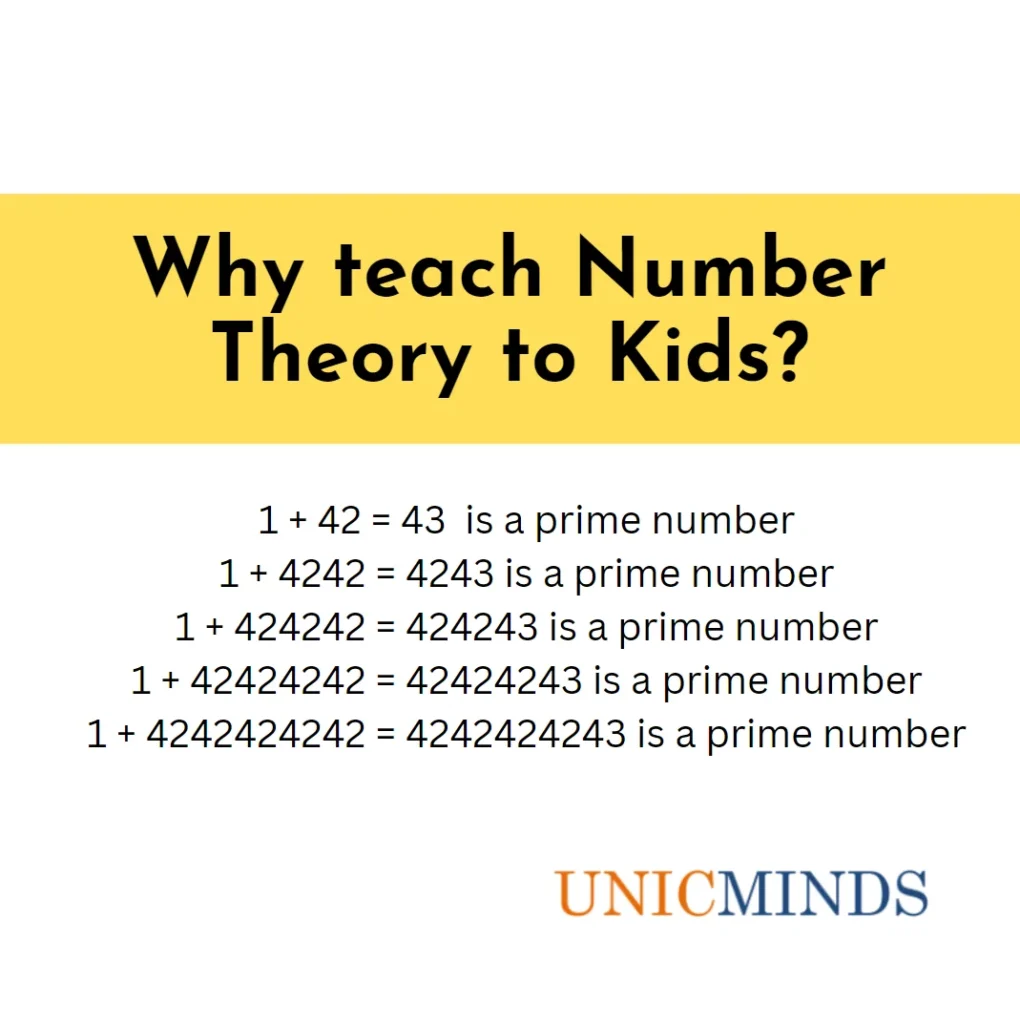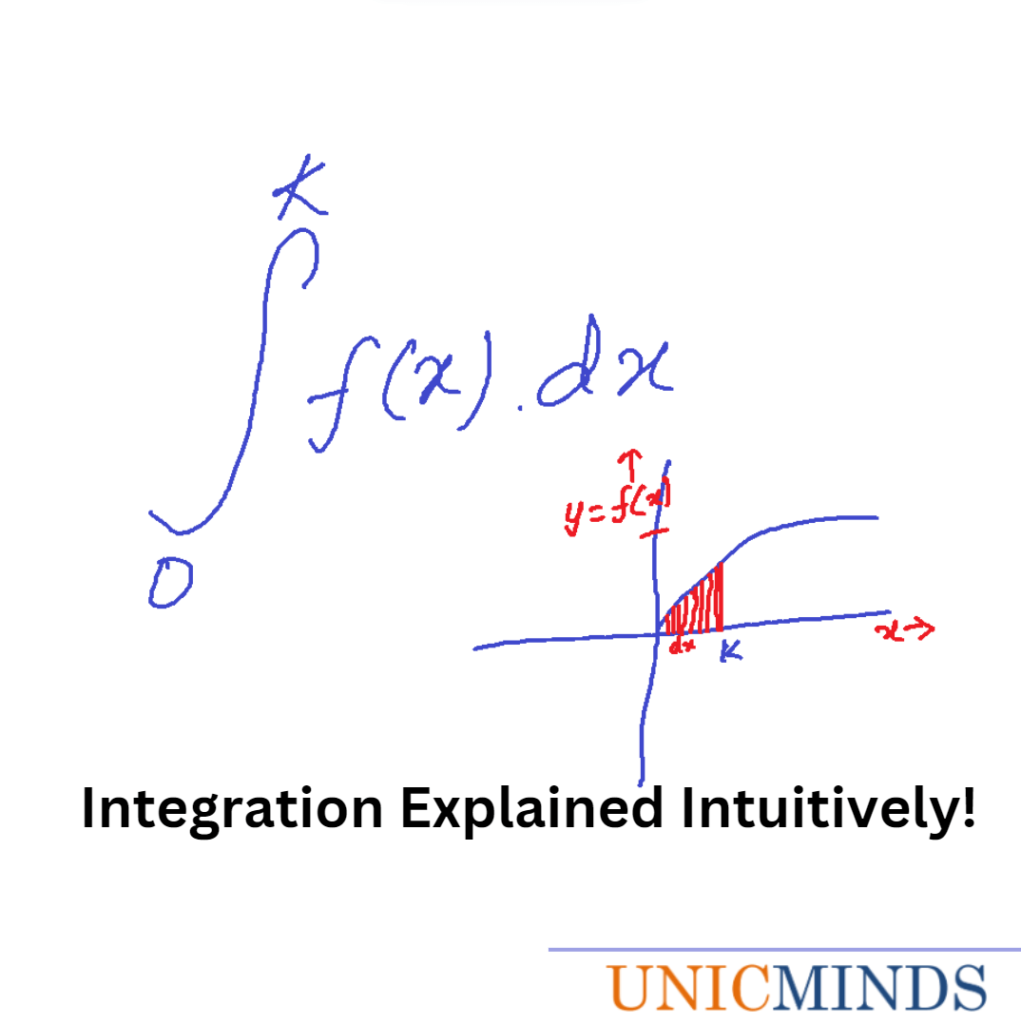Let’s start the post with the “3n+1” problem.
Introducing the “3n+1” Problem
- Take a number,
- If it is an even number, divide it by 2
- If it is an odd number, multiply it by 3 and add 1
Do the above steps for any number that you randomly choose repeatedly and you will end up at ‘1’.
For example: take 12 as a chosen number
- Since it is even, divide by 2 -> 6
- Since it is even, divide by 2 -> 3
- Since it is odd, multiply by 3 and add 1 -> 10
- Divide by 2 -> 5
- Multiply by 3 and add 1 -> 16
- Divide by 2 -> 8
- Divide by 2 -> 4
- Divide by 2 -> 2
- Divide by 2 -> 1
For example: take 13 as a number
- Since it is odd, multiply by 3 and add 1 -> 40
- Divide by 2 -> 20
- Divide by 2 -> 10
- Divide by 2 -> 5
- Multiply by 3 and add 1 -> 16
- Divide by 2 -> 8
- Divide by 2 -> 4
- Divide by 2 -> 2
- Divide by 2 -> 1
Why study Number Theory?
Long before we had computers, we had numbers. Numbers are the centre for everything in this world, you cannot escape them. For example, the number zero. Zero is referred first in the Hindu manuscript Bakhshali as the sunya to refer to empty or blank. The Arabians refer to the zero as sifir from where the word cipher came in. Similarly, many people know that the word ‘one’ is not pronounced as it is supposed to be, mostly deriving its name from anas meaning one and one ana was the basic currency in ancient India. The numbers of Pythagoras theorem are extremely special – 13 on the hypotenuse coming from 12 and 5 on the sides. The list can keep going on – you get the point. Numbers are really special entities by themselves – it is important to study them to understand the power of numbers. There is so much power to explore and its relations to other areas of physics, astronomy, and more.
But, such is the absurdity of our mathematics education sometimes. We don’t spend enough time studying the art and beauty of mathematics, both theoretical and applied. We hurry children into mugging up formulae and applying those formulae from an education system designed for the factory era. The children of the future will not work in factories and large buildings – there will be more and more of them who will be the creators and AI will do the execution for them in tandem with some humans. So, ideas and creation are very important. The ability to think beyond and think differently becomes much more important than trying to fit in. The prism of creativity is the future.
The Wonder of Prime Numbers
Prime Numbers have unique significance. They’re the building blocks of whole numbers. For example, 21 can be written as 3 times 7 and both 3 and 7 are prime numbers. You can learn more about prime numbers and its applications in encryption in our old post here. But, you can also look at interesting patterns and question yourself and wonder what these patterns are: for example, 3 + 5 is 8 ( prime number 7 plus 1), 13 plus 17 is 30 (prime number 29 plus 1), and 19 plus 23 is 42 (prime number 41 plus 1). Is there anything brewing here? Sometimes there is a pattern, sometimes there isn’t. These are the kind of questions that kids should be asked to drive their curiosity, exploration, and math education in an interesting way.
Number Theory is important for K12
Number theory is a study of different kinds of numbers – visible and invisible. Studying complex numbers, fractals, factorials, prime numbers, perfect squares, perfect numbers, Keprekar numbers, and many more will take into how the world is constructed with numbers. You see numbers everywhere from that number plate to that chess board. Number theory has more history and is one of the most fundamental subjects in mathematics that all children should have a depth of understanding.
Hope this is useful, thank you.
You may like to read: Why is the Area of a Circle pi*r^2?, Basics of Microcontroller Architecture, & ELA and Math in PARCC test




